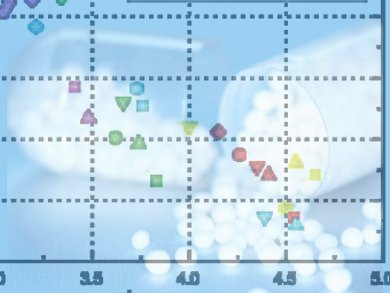Protein docking is an important computational technique in rational drug discovery. However, due to its inherent complexity, there is no universal method for making accurate predictions. Dariusz Plewczynski, University of Warsaw, Poland, and colleagues looked at seven popular docking programs and tested them on a refined set of 1300 protein complexes. Four different kinds of methods were considered:
- Fragment-based incremental methods (Surflex, eHiTS, and FlexX).
- Evolutionary methods (GOLD and AutoDock).
- Force-field based methods (Glide).
- Shape complementarity methods (LigandFit).
The results showed that Surflex, FlexX, LigandFit, eHiTS and GOLD had no more than 30 failed complexes while Glide had a failure rate of nearly 10 %. AutoDock failed to dock 90 pairs. Statistics and ordering of the accuracy show GOLD and eHiTS coming out on the top, however, for almost 600 complexes, most docking programs failed. The starting conformation has a strong influence on the results. The authors also looked at the efficacy of different scoring functions and found that good pose prediction did not always result in good scoring. This points to problems with scoring functions as well. Genetic algorithms outperformed others in this test but docking took longer for such algorithms. Overall, a 60 % docking accuracy was obtained.
- Can we trust docking results? Evaluation of seven commonly used programs on PDBbind database,

Dariusz Plewczynski, Michał Łaźniewski, Rafał Augustyniak, Krzysztof Ginalski,
J. Comp. Chem. 2011, 32 (4), 742–755.
DOI: 10.1002/jcc.21643



